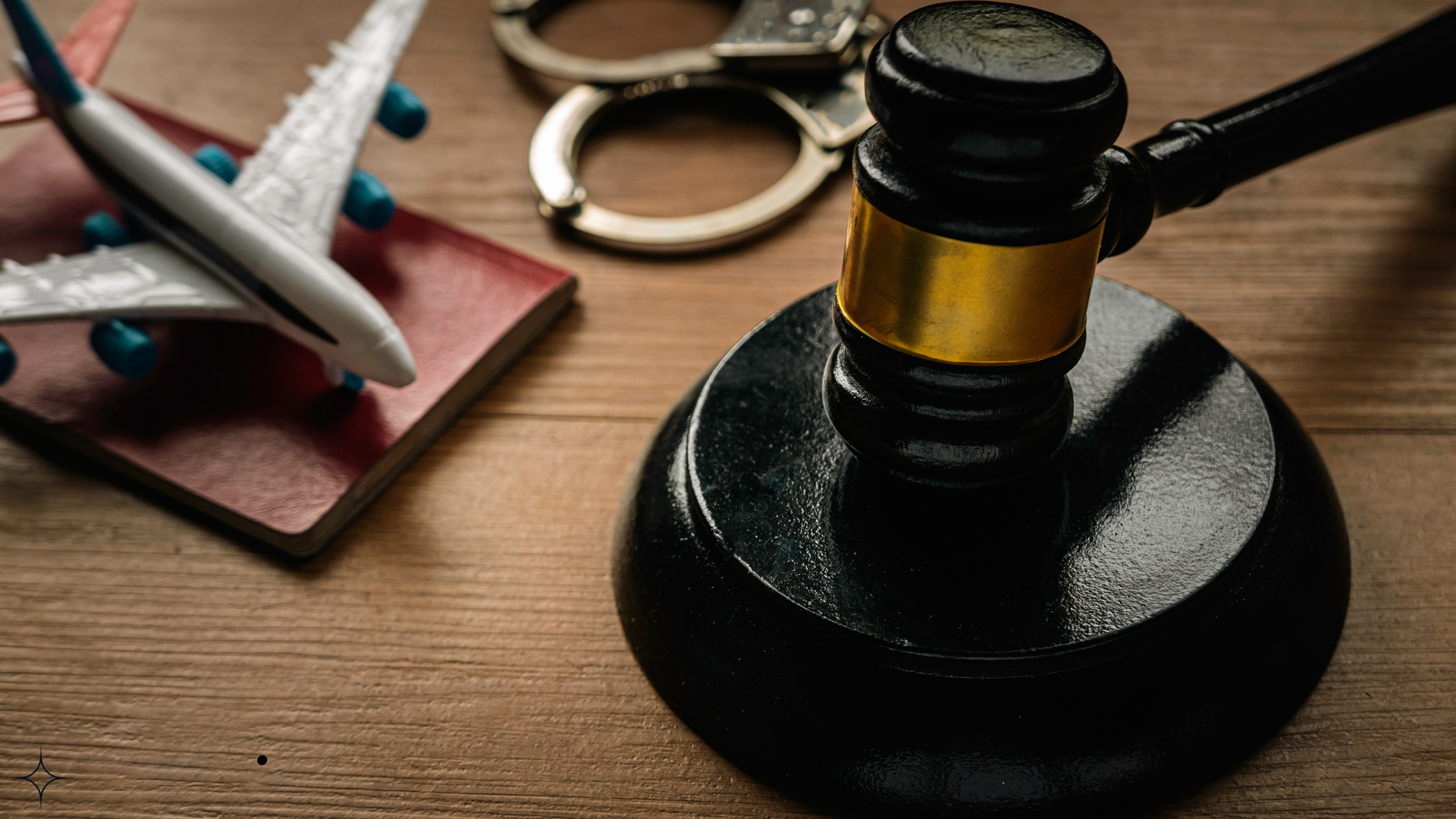Review of Law Practices in Air and Space Traffic Deconfliction
· By Mathew Lewallen · 15 min read

About the author
Aviation Program & Air Traffic Management Leader | Airspace Integration & Flight Planning Strategist | FAA/ICAO Airspace Policy Expert | U.S. Veteran | PhD Aviation Candidate
Updated on Aug 10, 2025